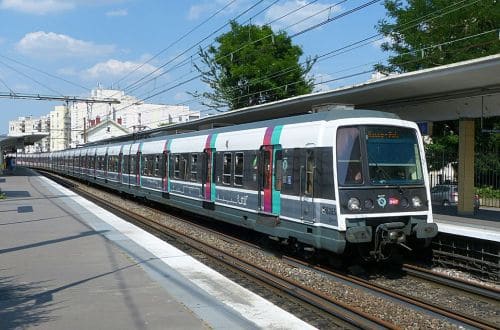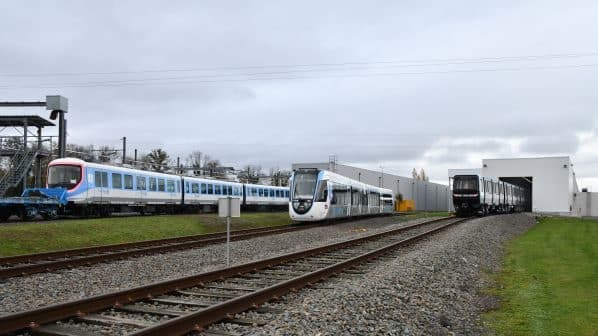THE public transport authority for the greater Paris area, Île-de-France Mobility (IDFM), has unveiled a 14-point action plan to improve performance on RER Line B, which is operated jointly by French National Railways (SNCF) and Paris public transport operator RATP.
The plan has been produced following an audit that was commissioned in March by the president of IDFM and the Île-de-France region, Ms Valérie Pécresse.
The audit was undertaken by Mr Yves Ramette, a mass transit expert and a former director general at both RATP and the Île-de-France region of infrastructure manager SNCF Network.
In order to significantly improve operational resilience and improve travelling conditions for the more than 1 million passengers that use RER Line B every day, the audit has sought to identify the causes of poor punctuality on the line.
Train punctuality has fallen consistently from 90% in 2015 to 85.7% in 2022, the lowest figure in the past nine years. The objective now is to improve punctuality by 1% a year to achieve a score of 95% by 2031.
This will sit alongside a major investment programme worth €3.5bn that is underway on Line B, including an order for 146 new MI20 trains. A funding agreement for the new NExTEO signalling and operations control system was signed on October 12.
The audit says that Line B’s current aging fleet and infrastructure are not capable of meeting rising demand and passenger expectations. Performance has also been impacted by the major programme of infrastructure work that is currently underway.
Efficient operation has been further complicated by the number of partners involved in Line B. RATP is both infrastructure manager and operator south of Paris Nord station, with SNCF Network and SNCF Transilien responsible respectively for these tasks on the northern section of the line.
According to the audit, this introduces complexity at the interfaces and makes sharing information more difficult.
The action plan that will be implemented under the leadership of IDFM has five key strands:
- restore rolling stock availability to meet current demand
- adapt operation management to mass transit standards
- improve the coordination of infrastructure work
- take a more dynamic and positive approach to managing Line B, and
- develop common information systems and tools.
The plan sets out 14 actions with a timescale for their completion. On rolling stock, actions include modifying the refurbishment programme for the MI84 EMU fleet to increase availability, and improving the efficiency of the SNCF maintenance facility at Mitry through better coordination.
Contractual performance targets should be agreed between SNCF Network and IDFM, and organisational structures should be modified to make RATP and SNCF more accountable for performance across the whole of Line B.
In addition, a shared system for scheduling fleet maintenance work should be introduced to cover both the SNCF site at Mitry and the RATP depot at Massy, and a tool developed to locate trains on the northern section of the line operated by SNCF.
To improve performance during periods of disruption, RER Line B services should be guaranteed priority use of through tracks being installed as part of the CDG Express programme. SNCF Network and RATP should plan major infrastructure work affecting the whole line together, while SNCF Network should increase resources to tackle infrastructure failures more quickly.
The action plan says that operating regulations at SNCF should be adapted to the particular needs of Line B, and that tools should be introduced to make operations easier on key sections of the line.
The operators should regularly review arrangements for limiting the impact of external events such as station overcrowding, passengers falling ill and security incidents. Systems and methods for recording incidents and their impact should brought together, and incident data should be regularly analysed to determine the long-term impact on service performance.
The final action is to formally establish a single control centre for line B and D of the Paris RER network, a move strongly supported by IDFM, and which Pécresse asked the operators to do at the start of this year.
Welcoming the audit and its associated action plan, Pécresse said that a technical solution had now been found and that the new control centre will be operational in 2030, funded by IDFM and under the funding agreement between the French government and the Île-de-France region.
“I have made rescuing RER Line B one of my major campaigns,” Pécresse said.
“After having launched major investment projects, it is imperative to reduce the number of days when passengers face the most disruption.
“I will give it my personal attention and I will do what is necessary to ensure that this line is no longer the sick man of the Paris commuter network and can finally meet the needs and expectation of its users.”




